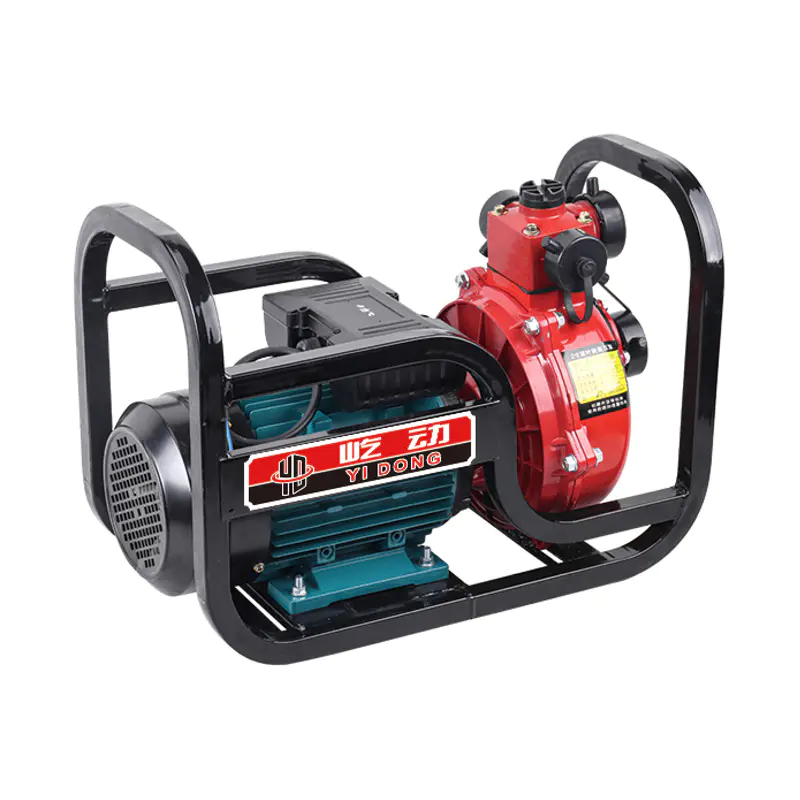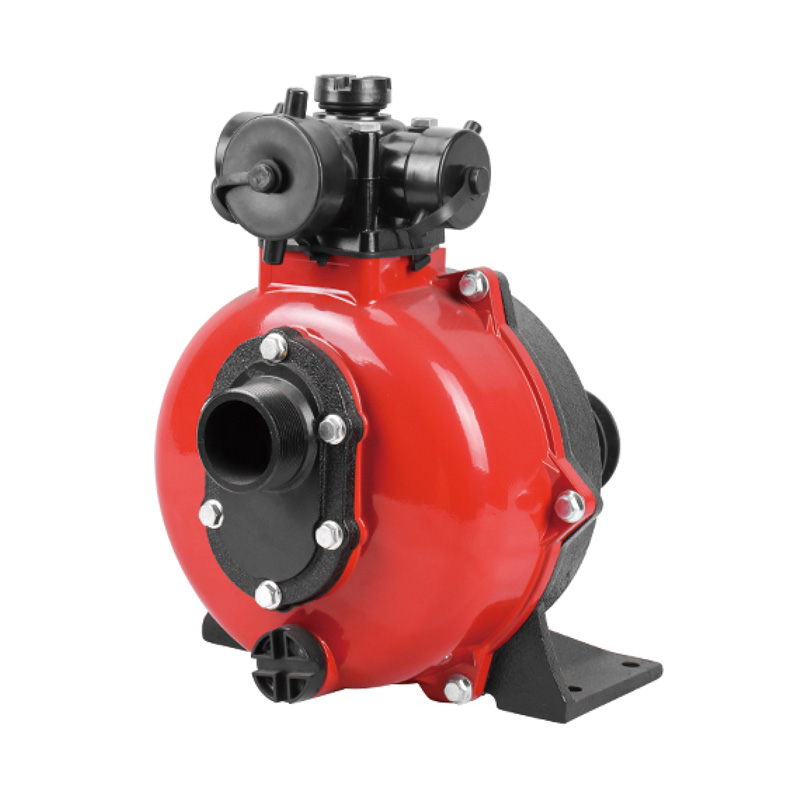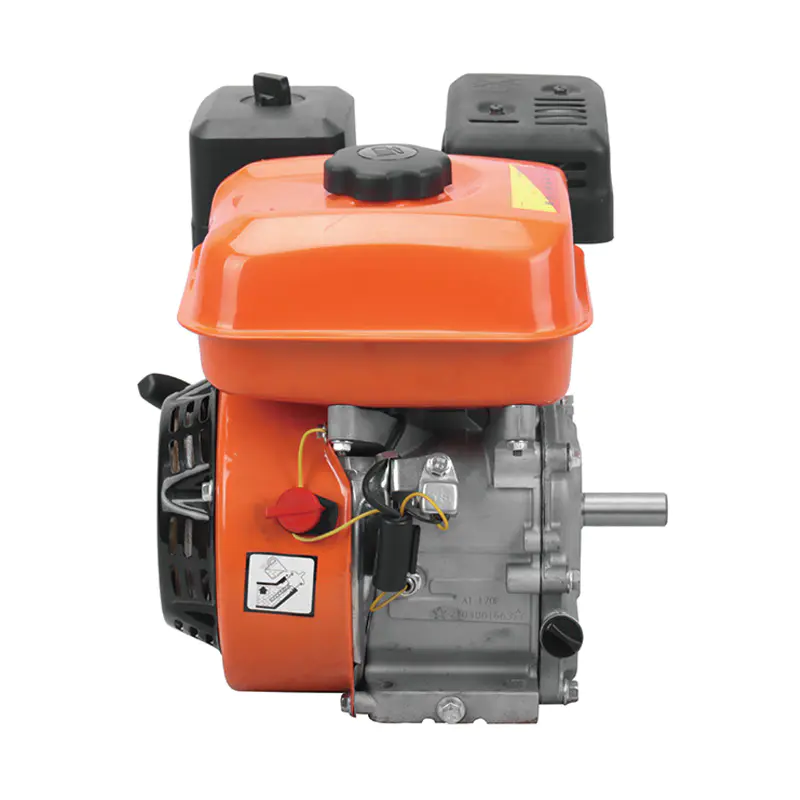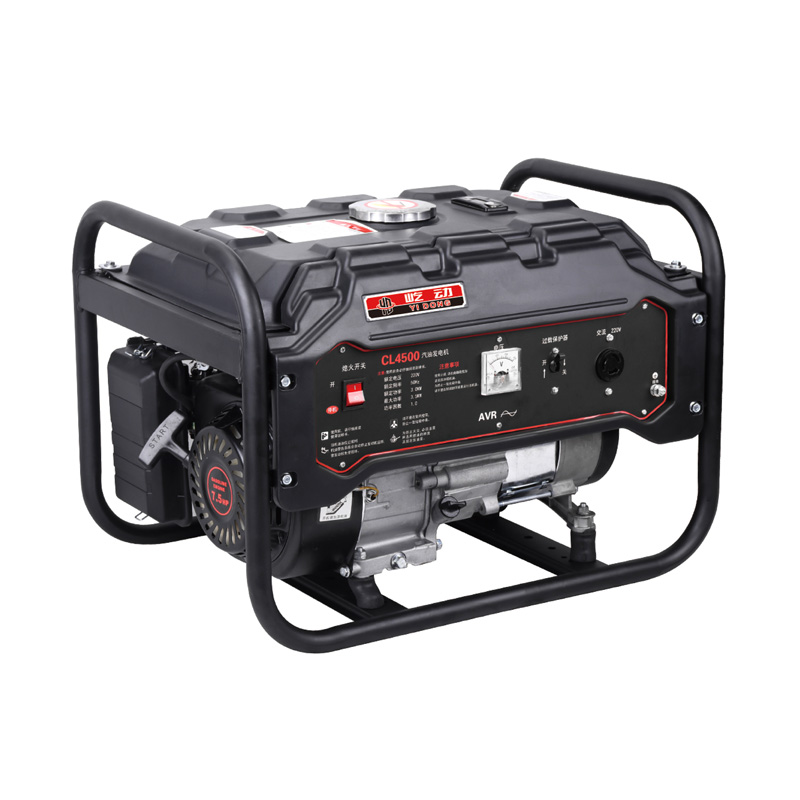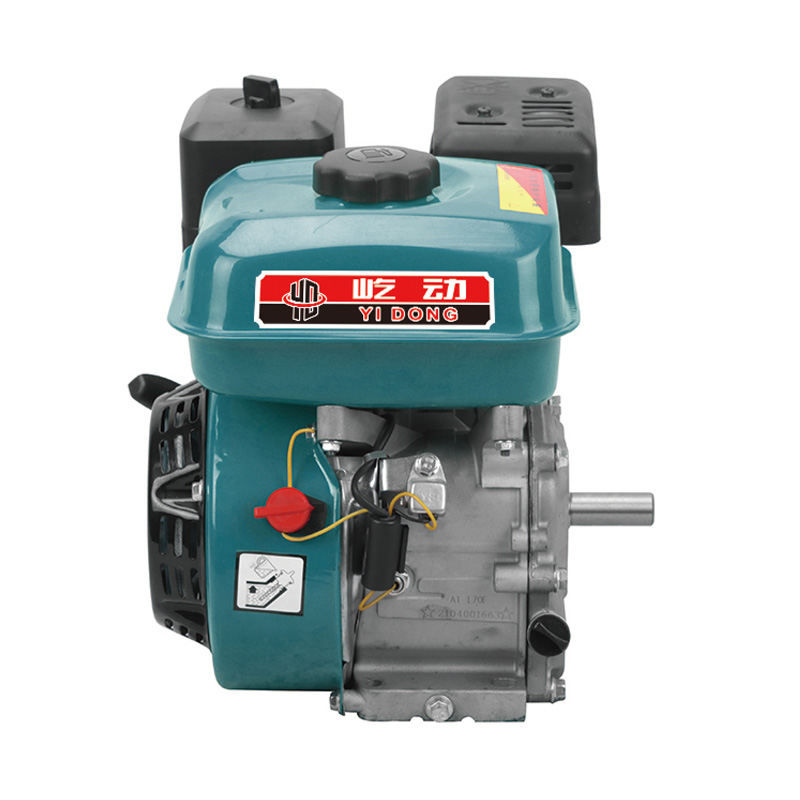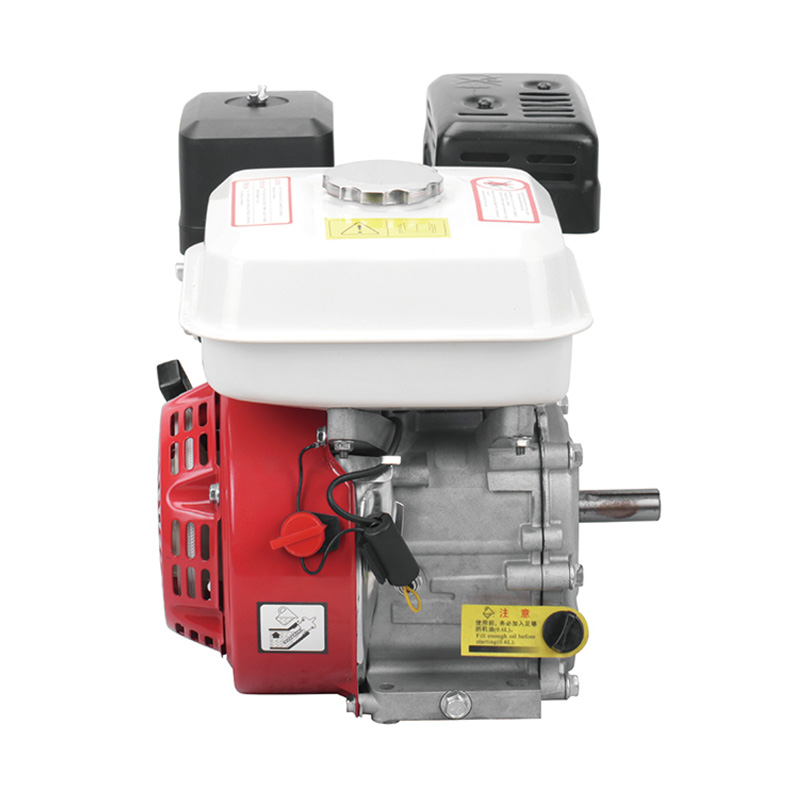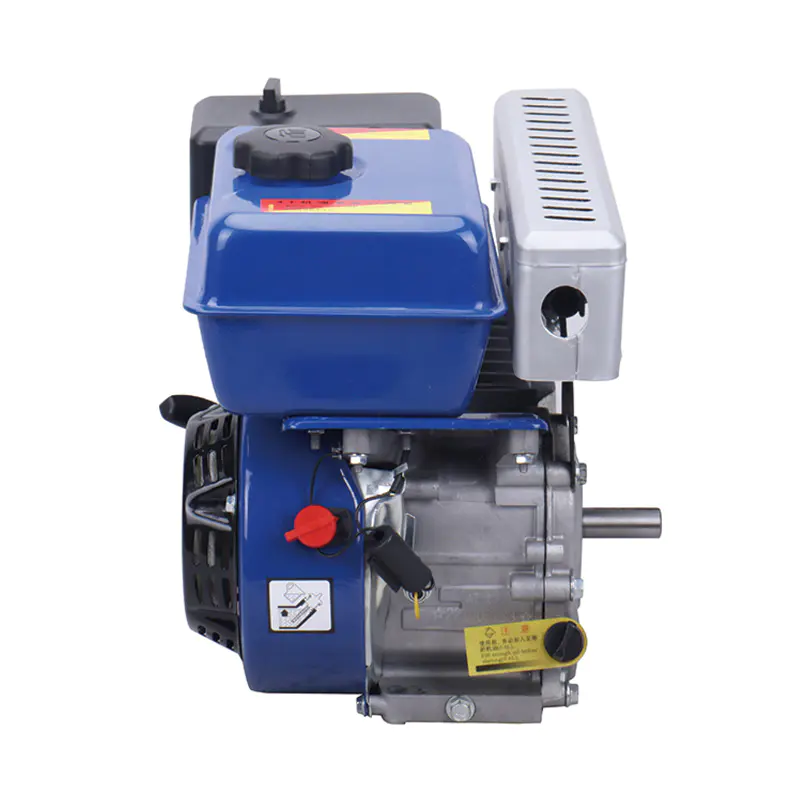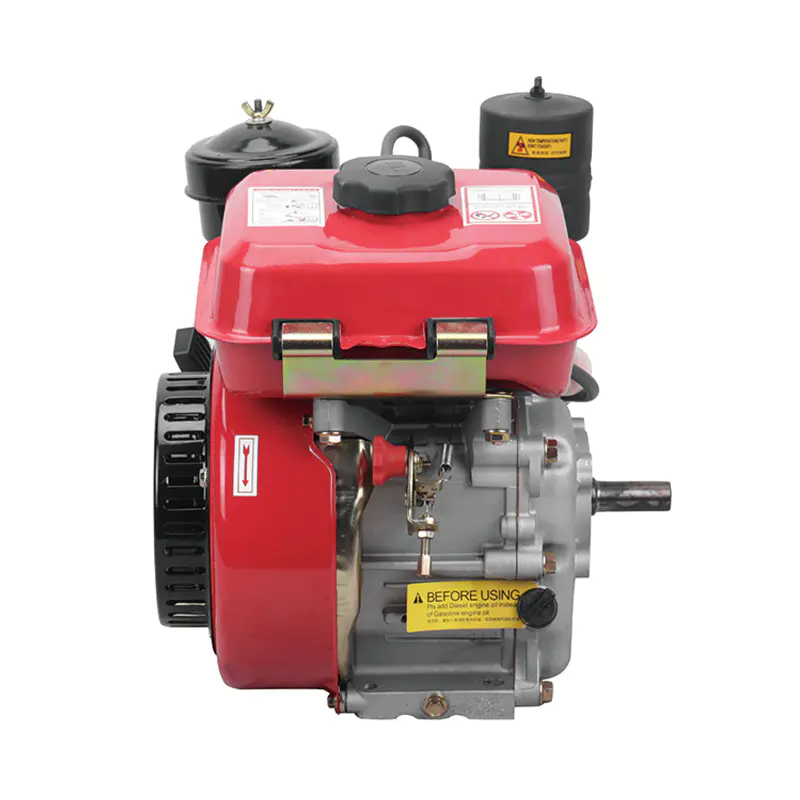The reliable and efficient movement of water is the lifeblood of modern agriculture, essential for irrigation, drainage, and various farm operations. Among the many tools available to the farmer, the electric agricultural centrifugal water pump stands as a popular and versatile workhorse. Its widespread adoption is driven by a specific set of performance characteristics, practical features, and inherent operational boundaries. Understanding the efficiency, features, and limitations of this equipment is crucial for making an informed decision that aligns with both the specific water needs of the crops and the practical realities of the farm's infrastructure.
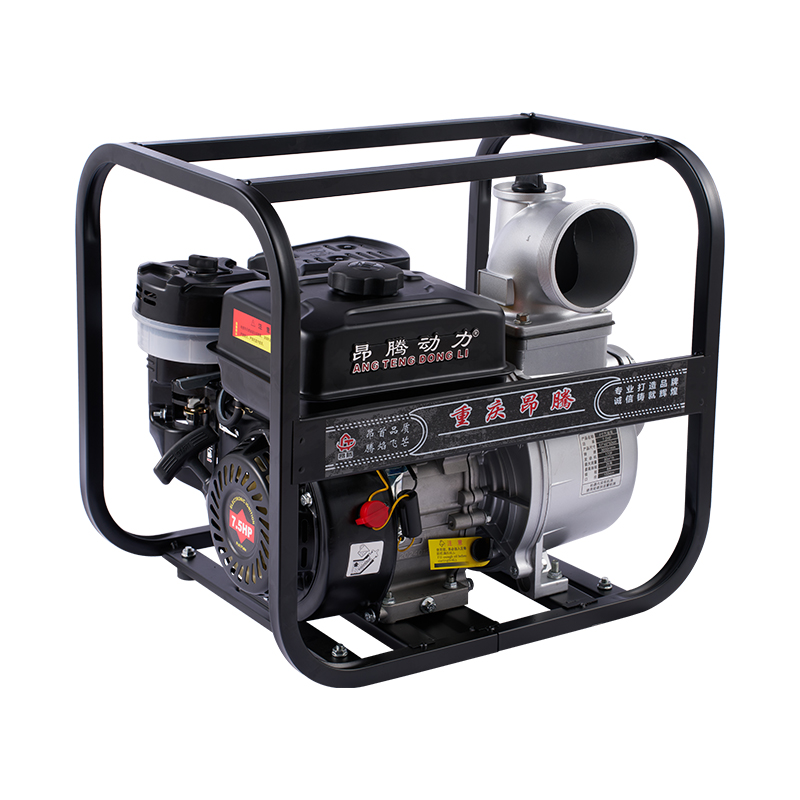
The Efficiency of Electric Agricultural Centrifugal Pumps
The efficiency of a water pump refers to its ability to convert electrical energy into effective hydraulic work with minimal waste. For the centrifugal pump, this is not a single fixed value but a performance characteristic influenced by several factors.
Performance at Specific Conditions.
A centrifugal pump is engineered to operate at peak efficiency within a specific range of flow rate and total dynamic head. This is known as its Efficiency Point (BEP). Operating the pump too far from this designated point, either at a much higher or lower flow rate, a significant drop in efficiency, increased energy consumption, and potential premature wear.
The Advantage of Simplicity in Design.
The fundamental working principle of a centrifugal pump—using a rotating impeller to impart velocity to water—is mechanically straightforward. This simplicity minimizes internal energy losses from friction and turbulence when the pump is correctly sized. There are no complex reciprocating parts or positive displacement mechanisms that can sap energy, contributing to a generally favorable efficiency profile for high-flow, low-to-medium head applications.
The Critical Role of Correct Sizing.
Perhaps the significant factor influencing real-world efficiency is the proper selection of the pump for the task. An oversized pump will wasteful energy consumption and potential cavitation if throttled excessively, while an undersized pump will struggle to meet demand, running longer and harder for less result. Matching the pump's performance curve to the system's required head and flow is the primary step toward achieving energy efficiency.
The Impact of Electrical Operation.
Compared to their engine-driven counterparts, electric motors themselves are highly efficient in converting electrical energy into rotational force. They provide consistent speed and power, eliminating the efficiency variations and fuel conversion losses associated with internal combustion engines. This makes electric centrifugal pumps a compelling choice where grid or generator power is reliably available.
The Features of Electric Agricultural Centrifugal Pumps
The design and operation of electric centrifugal pumps endow them with a set of features that make them particularly well-suited to the agricultural environment.
Simplicity of Operation and Maintenance.
With few moving parts and a straightforward mechanical seal and impeller as the primary wear components, these pumps are relatively easy to maintain. Routine checks and occasional replacement of seals or bearings are typically the extent of the maintenance required, making them accessible for farm operators without highly specialized mechanical skills.
High-Flow Capacity for Rapid Water Transfer.
Centrifugal pumps excel at moving large volumes of water quickly. This makes them ideal for applications such as filling irrigation ponds, transferring water between storage tanks, dewatering fields, or supplying center-pivot irrigation systems where a high and consistent flow rate is more critical than high pressure.
Compact and Versatile Configuration.
These pumps are generally compact relative to their output, allowing for flexible installation. They can be configured as end-suction pumps for a wide range of applications or as in-line models that fit directly into a pipeline. This versatility enables them to be deployed in fixed installations or on portable skids for use across different areas of the farm.
Clean and Quiet Operation.
Powered by an electric motor, these pumps produce zero emissions at the point of use, contributing to a cleaner farm environment. They also operate significantly more quietly than diesel or gasoline-powered pumps, reducing noise pollution, which is a benefit for both livestock and farm personnel working in proximity to the equipment.
The Limitations of Electric Agricultural Centrifugal Pumps
Despite their many advantages, electric centrifugal pumps are not a universal solution. Several important limitations must be considered before selection and deployment.
Inefficiency with High-Viscosity Fluids.
The centrifugal pumping action is designed for water and other low-viscosity liquids. When used with thicker fluids, such as slurry or liquid manure with high solid content, the efficiency drops dramatically. The increased fluid resistance prevents the impeller from effectively transferring energy, requiring more power and often clogging and accelerated wear.
The Need for Priming.
Many standard centrifugal pumps are not self-priming. This means the pump casing and suction line must be completely filled with water before start-up to create the necessary pressure differential to draw water from the source. If the pump loses prime, it will not move water and can run dry, which quickly damages the mechanical seal and impeller. This can be a significant operational hurdle for applications where the pump is located above the water source.



 English
English русский
русский Français
Français Español
Español عربى
عربى